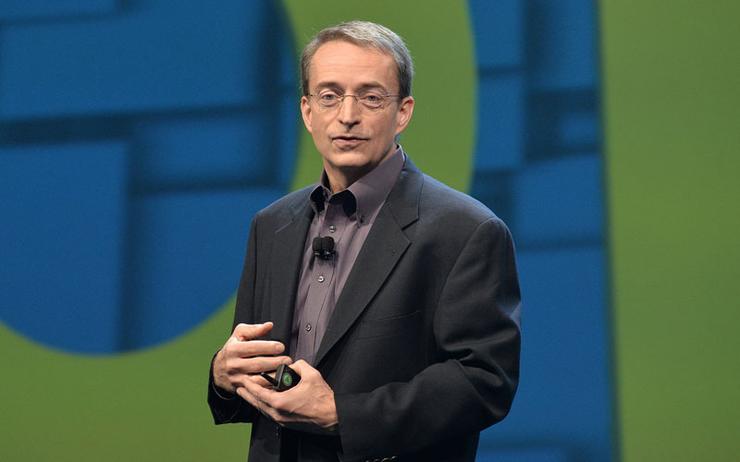
Pat Gelsinger (CEO - VMware)
VMware is extending its core virtual networking product family in an effort to help companies build infrastructure that can stand up to today's challenges, including the shift to remote work and the need to securely move applications across the distributed enterprise.
The enhancements span VMware's Tanzu, NSX and SD-WAN products, which fall under the company's Virtual Cloud Network (VCN) architecture. VCN defines how customers can built and control network connectivity and security from the data centre across the WAN to multi-cloud environments.
The company's core networking software, VMware NSX, underpins the VCN architecture, which also includes analytics capabilities.
As part of its new developments, VMware is integrating NSX Advanced Load Balancer with its Tanzu Service Mesh, which sets up an application connectivity and security fabric across Kubernetes clusters.
The idea is customers can easily launch an application that would include all required load-balancing capabilities without having to touch the infrastructure or worry about security because it would be built in, said Tom Gillis, senior vice president and general manager of VMware's networking and security business unit.
NSX will also offer connectivity to Project Antrea, an open source networking and security project that ties together Kubernetes applications across on-premises vSphere, public clouds and edge resources, Gillis said.
In addition, Gillis said NSX will ultimately get a new attribute-based policy model that will let users speed application protection by automatically defining and enforcing security based on profiles or behaviour instead of traditional passwords.
While the NSX load balancing support will be available in VMware's fiscal 2022 timeframe, the attribute policy model will be a future addition. Also in the future, VMware said it will bring the NSX Services-Defined Firewall to its Project Monterey platform.
At its virtual VMworld 2020 event in September, the company previewed a new architecture called Project Monterey that melds bare-metal servers, graphics processing units (GPU), field programmable gate arrays (FPGA), network interface cards (NIC) and security into a large-scale virtualised network of SmartNICs.
A key component of Monterey is VMware's SmartNIC, which incorporates a general-purpose CPU, out-of-band management, and virtualised device features.
As part of Monterey, VMware has enabled its ESXi hypervisor to run on its SmartNICs, which will let customers use a single management framework to manage all their compute infrastructure whether it be virtualised or bare metal.
VMware said that the NSX Services-Defined Firewall running on a Monterey SmartNIC will be able run stateful Layer 4 firewall services at line rate.
These same SmartNICs will also be able to run Layer 7 stateful firewalls, as well as VMware's curated IPS signatures. This capability will let enterprise customers attach a tuned, ultra-fast, ultra-smart software-based firewall to their most valuable workloads – such as the database apps that hold their sensitive data, Gillis said.
Project Monterey is a technology preview, and VMware did not say when it expects to deliver it.
One piece of VMware technology that is available today is a new subscription-based package of the company's SD-WAN software. The software is directed at individual remote business users who need guaranteed network connectivity, application performance and security.
VMware said the package will be available at prices lower than the cost of a mobile phone line, and with bandwidth ranging from 350Mbps to 1Gbps depending on the level of subscription.
VMware's latest announcements fall under a new framework the company calls the Modern Network, which encompasses the company's VCN products and services and promises to extend them as the enterprise looks to address the rapid shift to remote work and deliver secure applications faster.
The framework is really an extension of VMware's oft-stated goal of eliminating traditional network gear such as switches, routers, firewalls and load balancers and moving to a software-based environment it says is simpler and more cost effective, experts say.
"The networking implications of the cloud era are often under-appreciated, but they are profound," IDC wrote in a recent white paper, sponsored by VMware. IDC research shows that by 2023, more than 55 per cent of enterprises will replace outdated operational models with cloud-centric models that facilitate rather than inhibit organisational collaboration.
"All previous networks were built on the assumption that applications would be hosted in on-premises environments, resulting in network architectures and operational models that are no longer useful.
"This is as true in the data centre or core—now dispersed and distributed among clouds —as it is at the edge, in branch offices and remote sites, where a growing percentage of the applications consumed actually reside in SaaS or IaaS public clouds rather than in traditional on-premises data centres," IDC stated.




